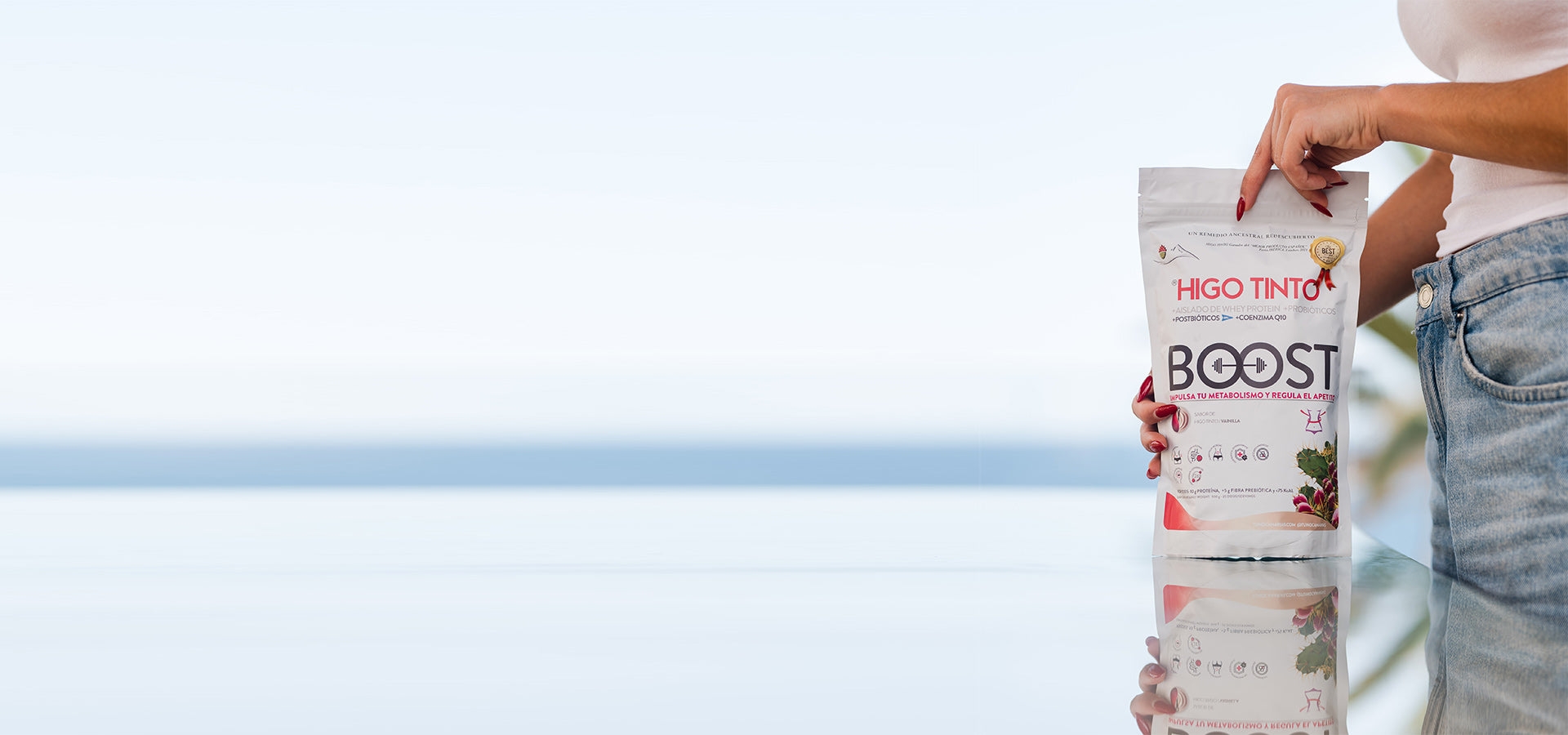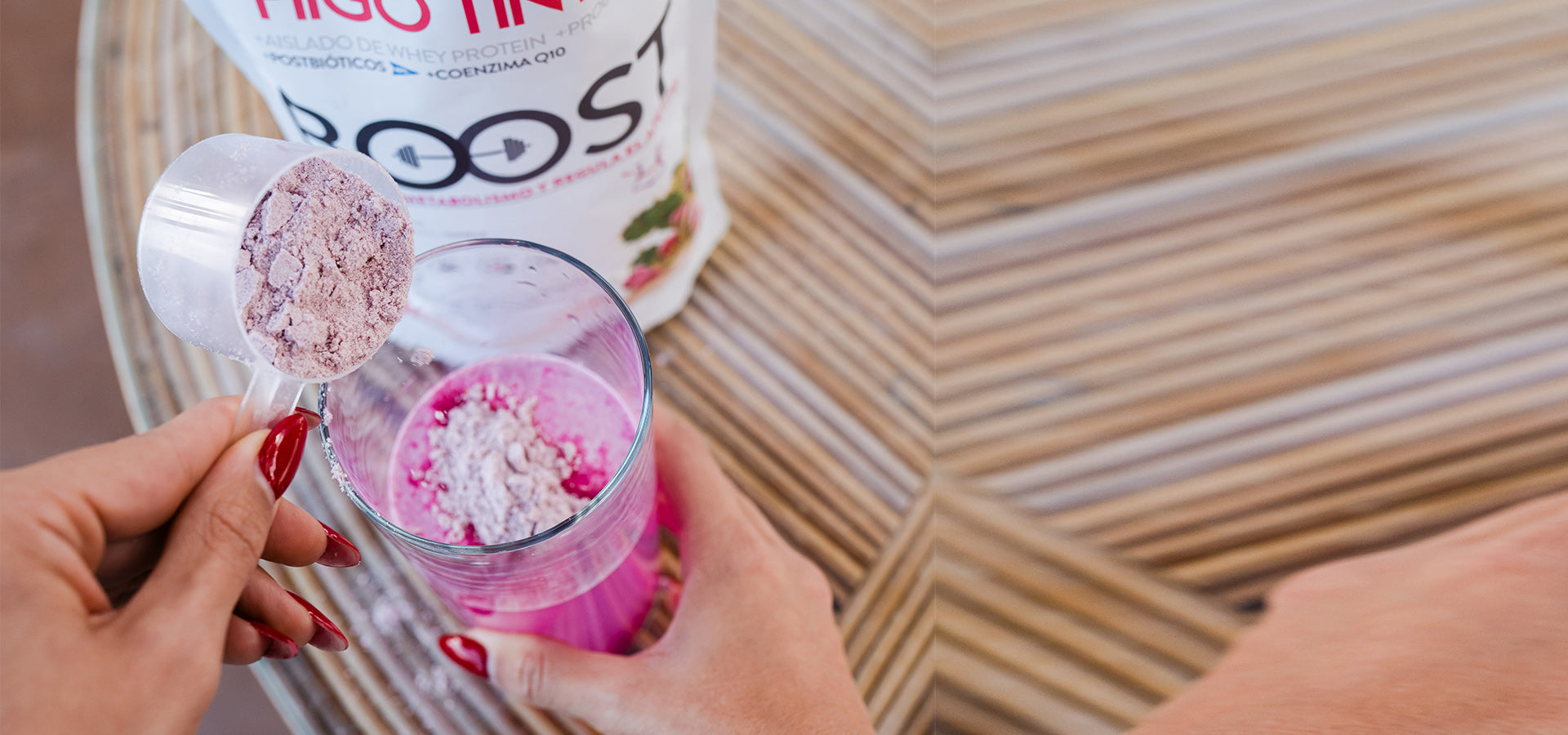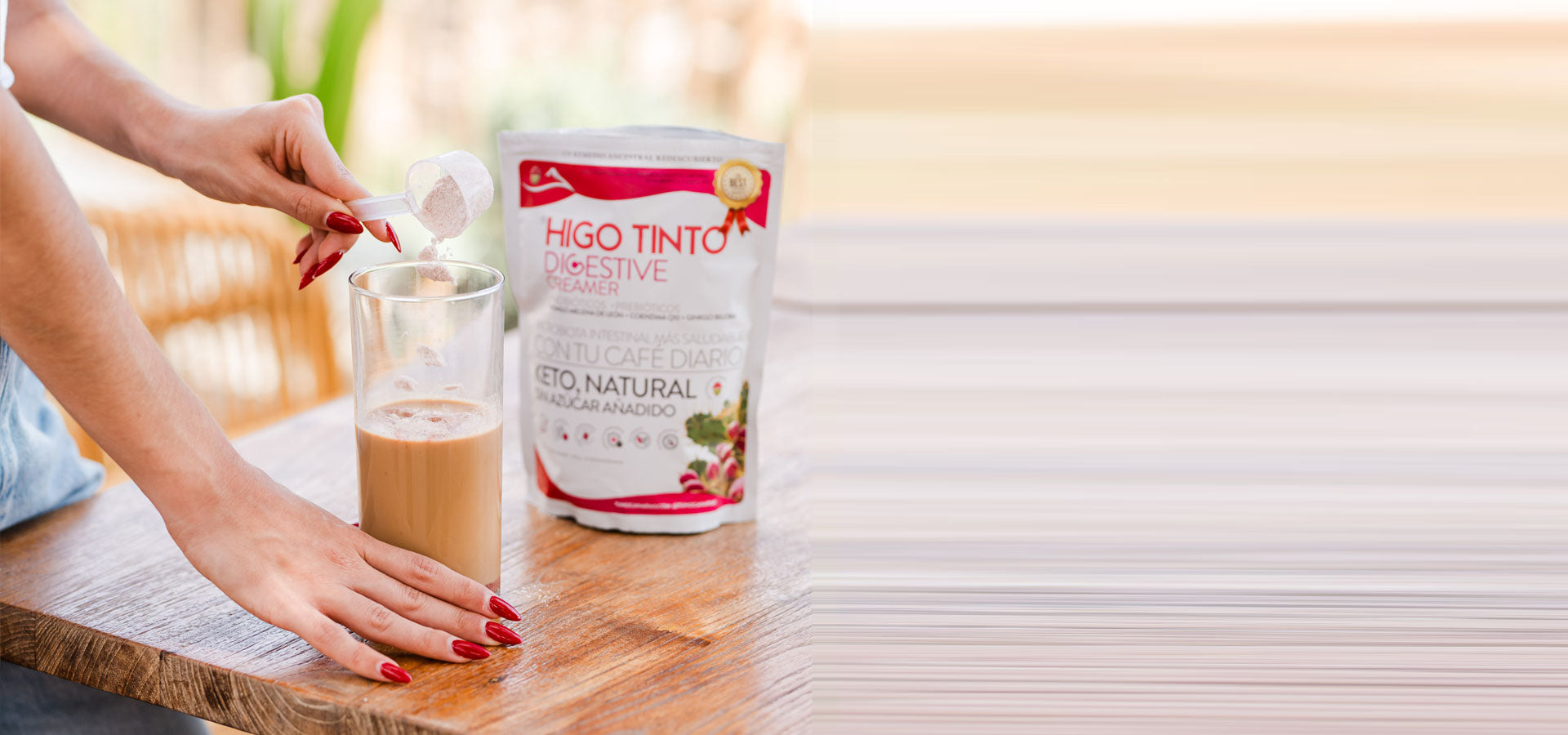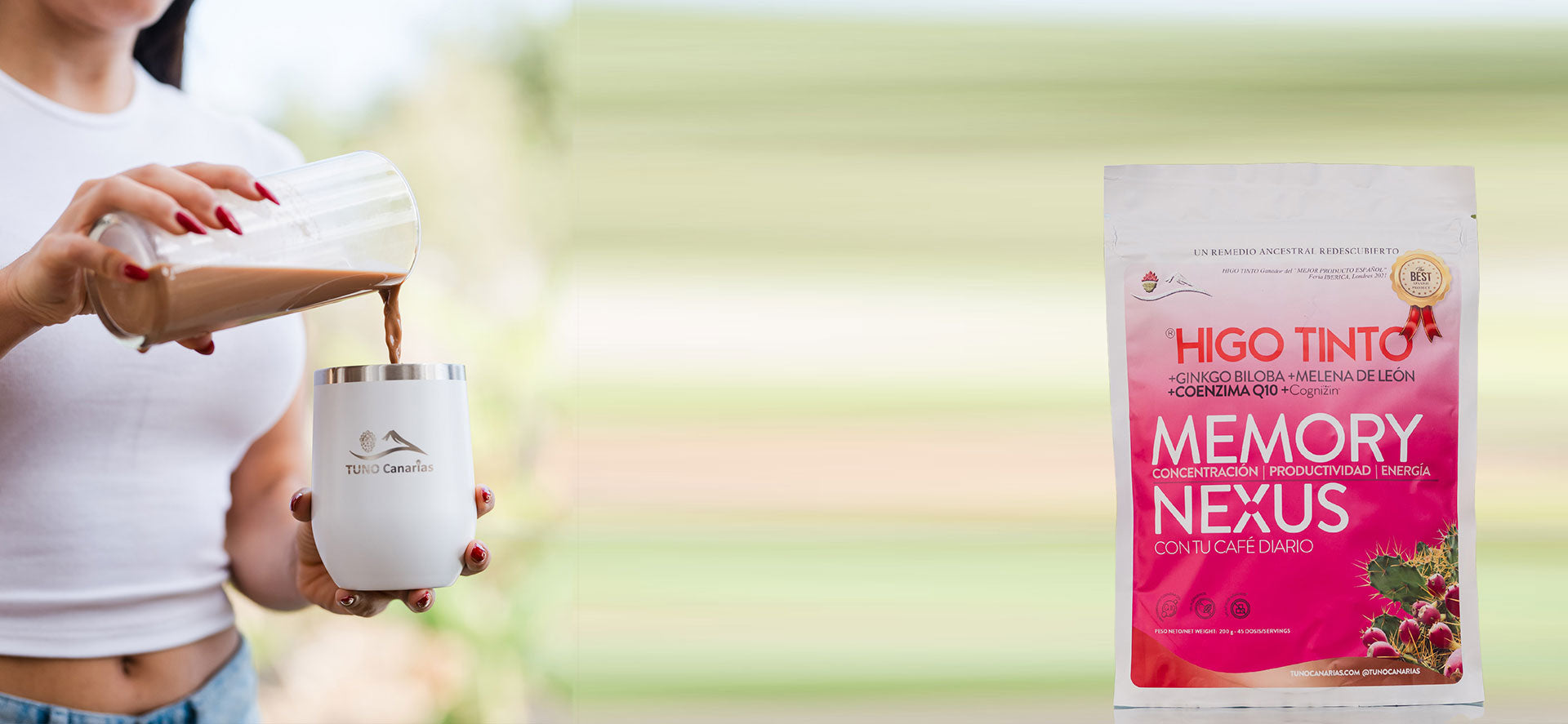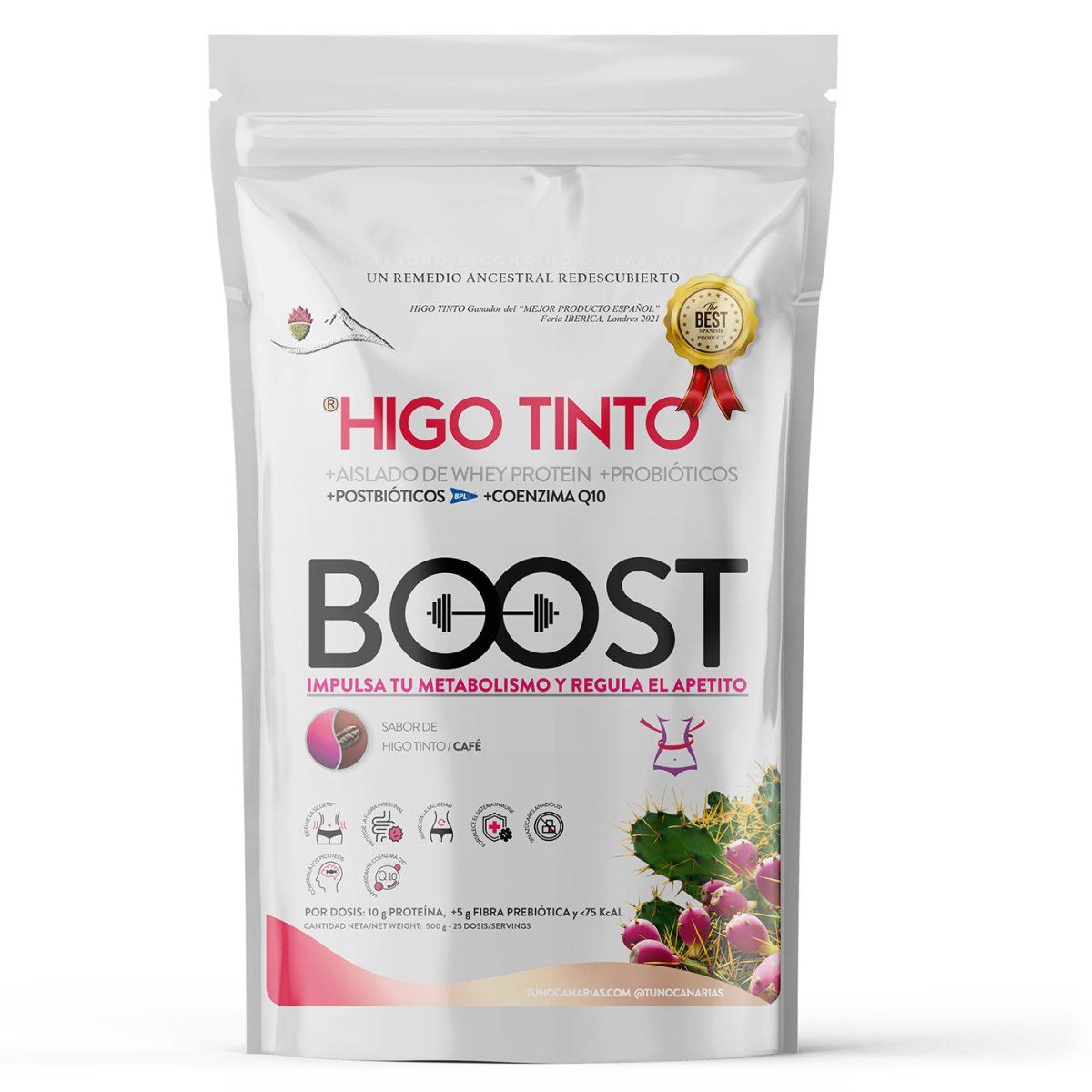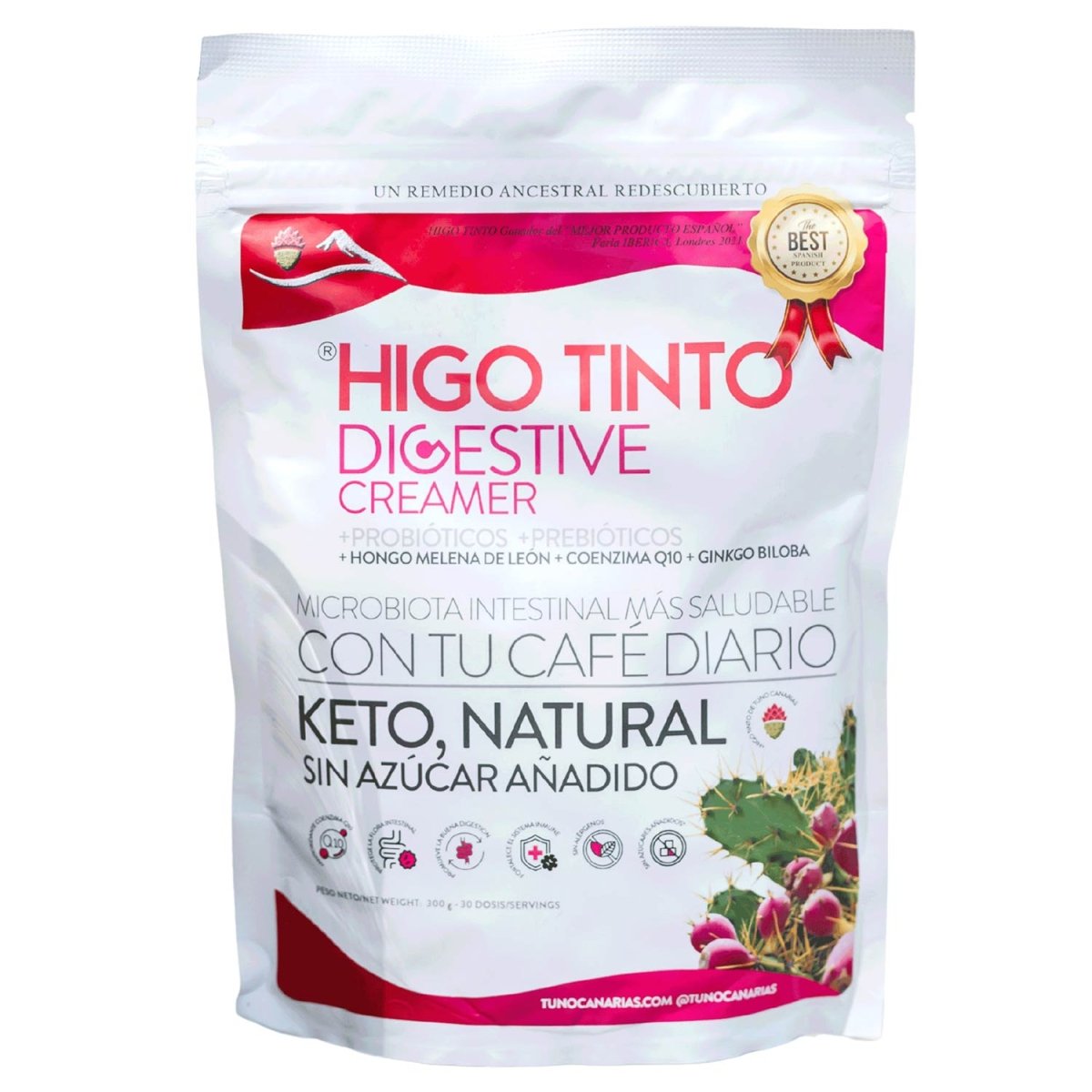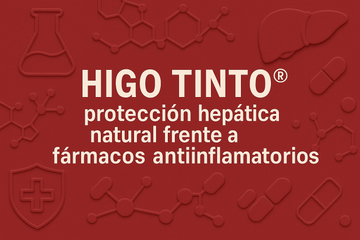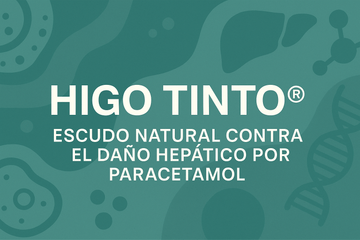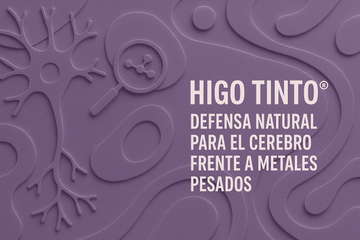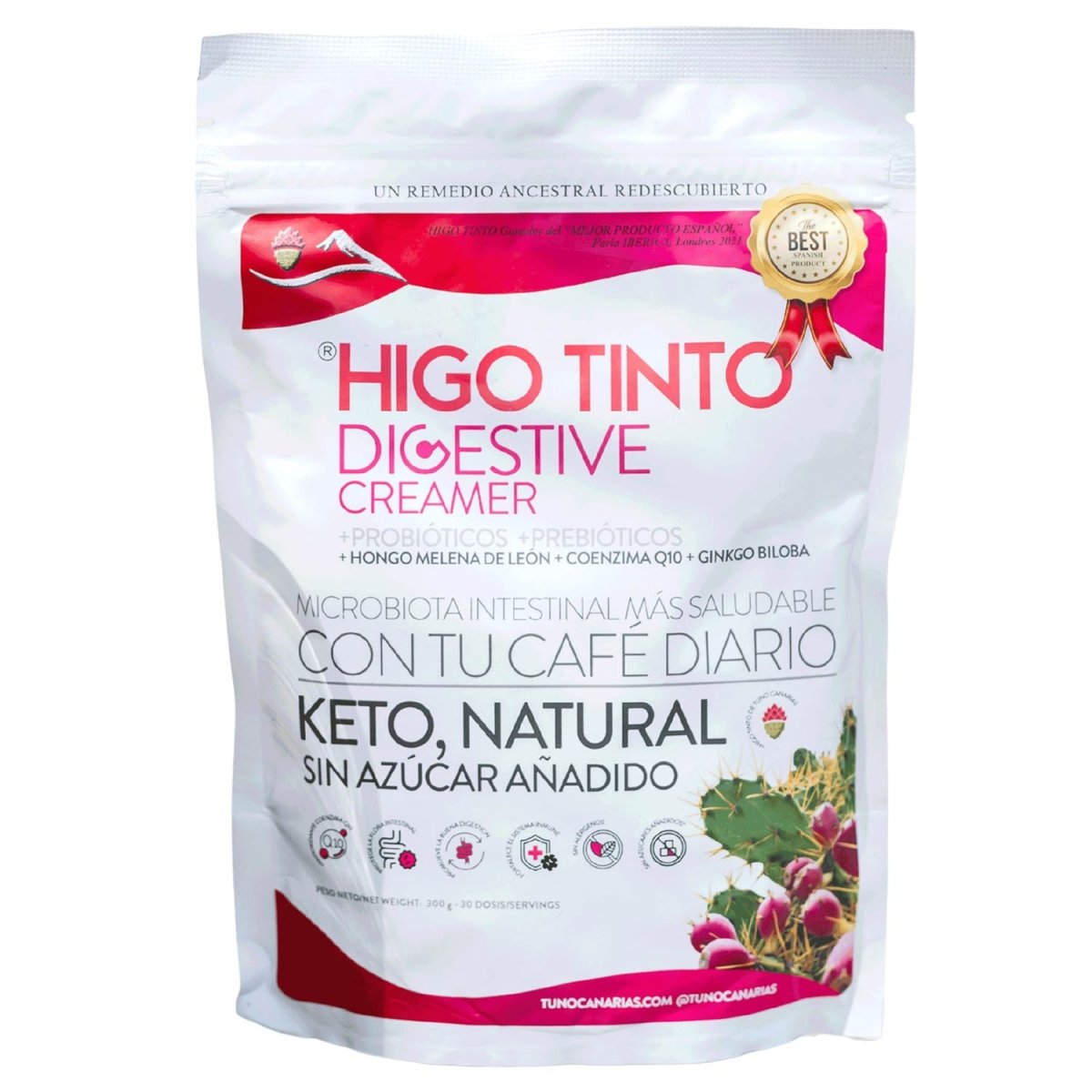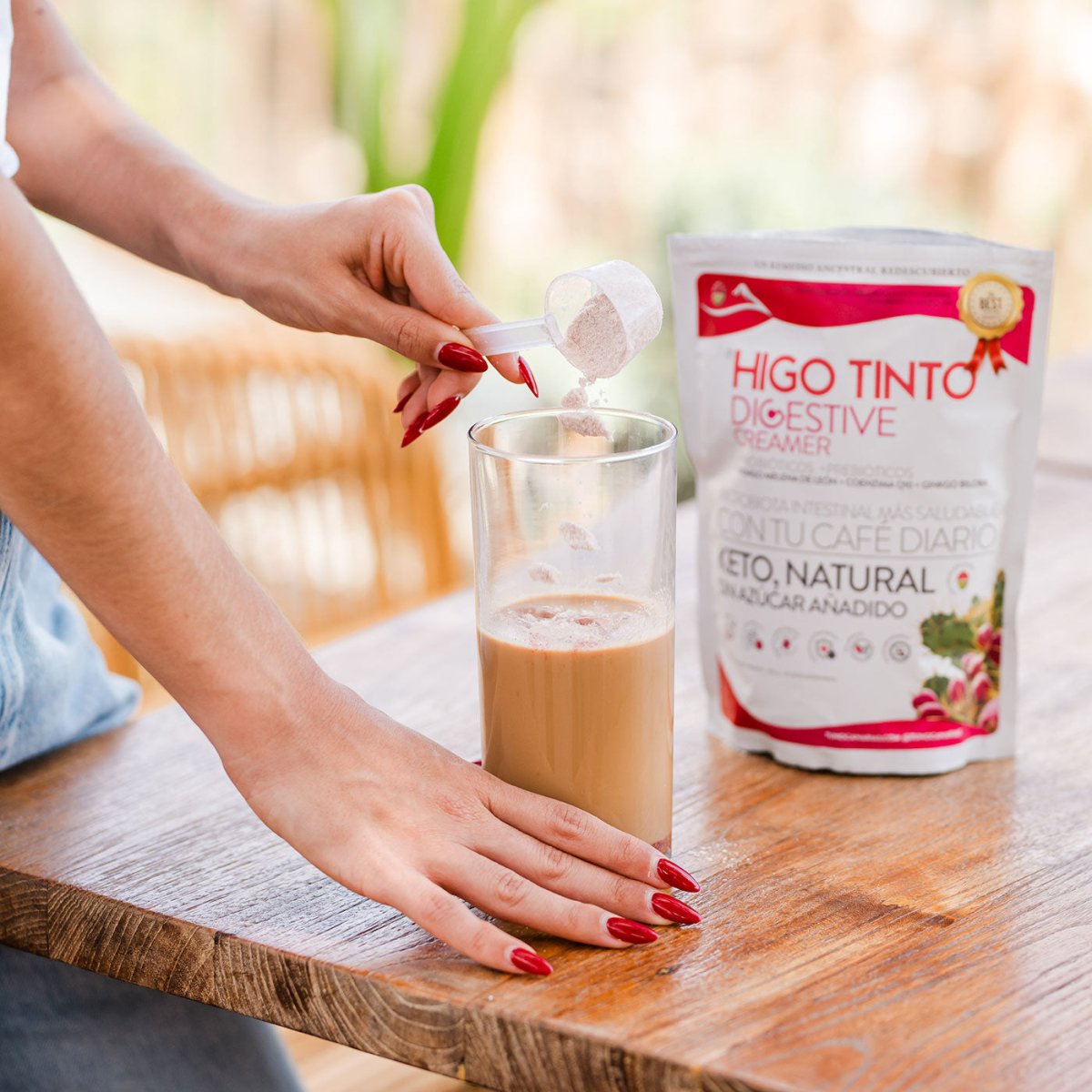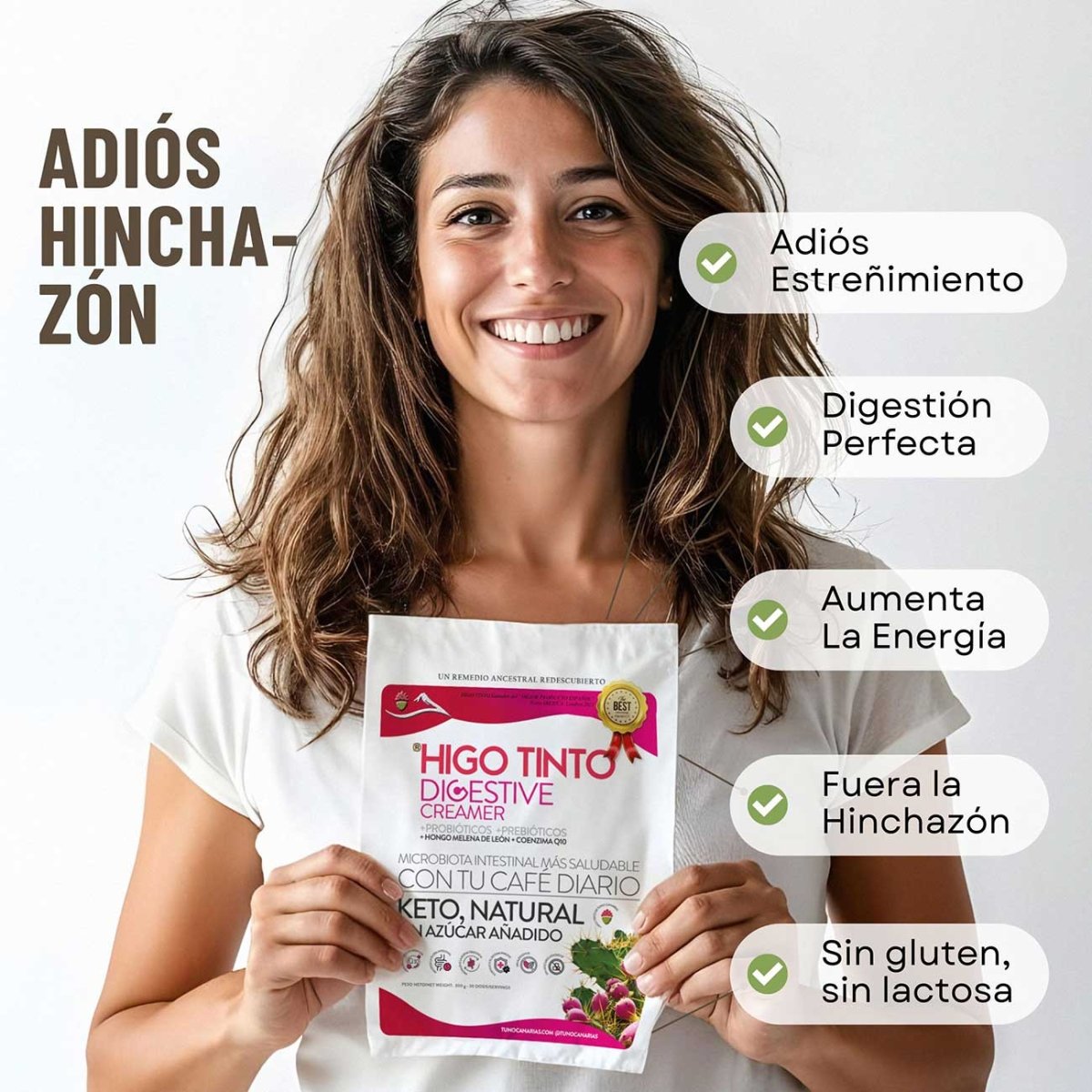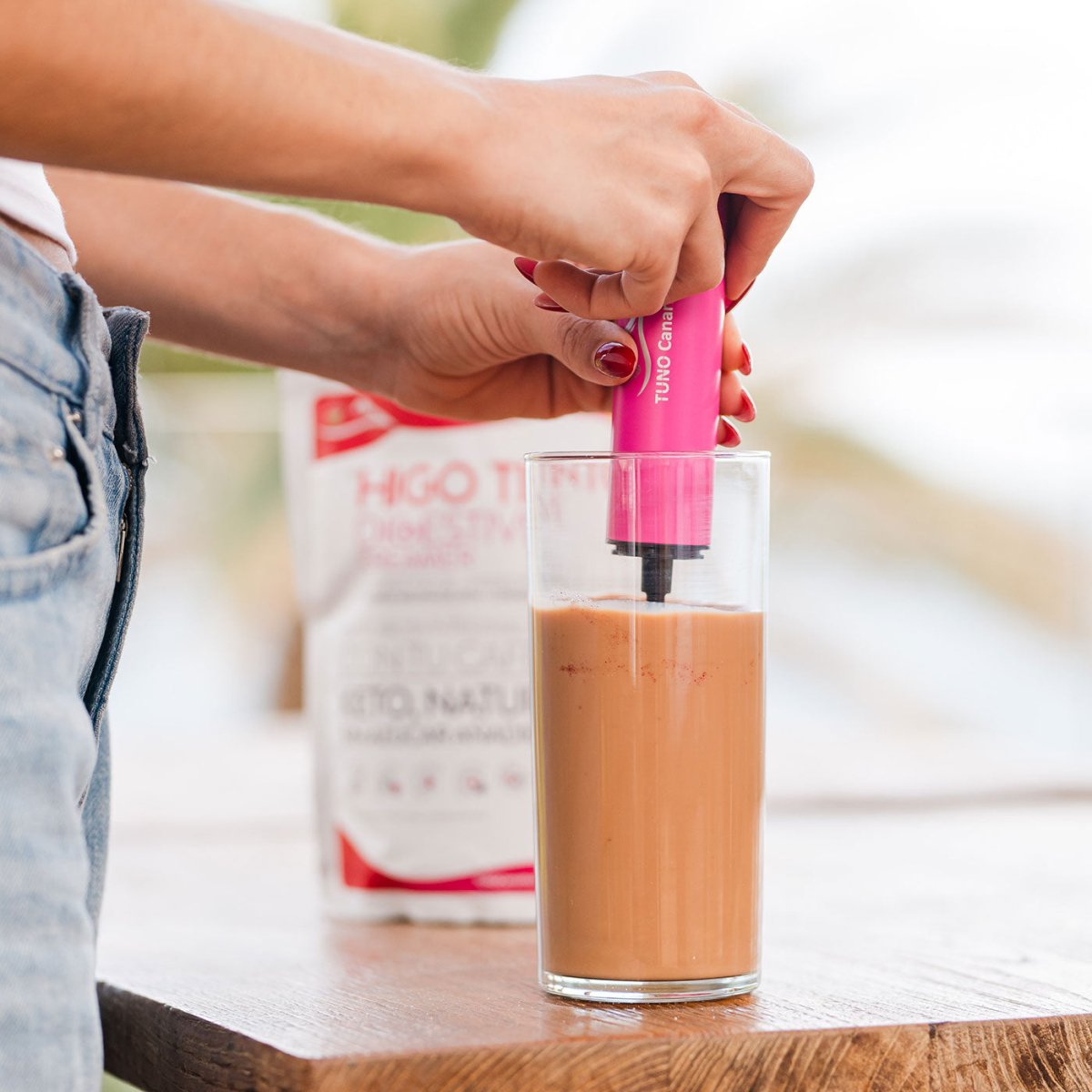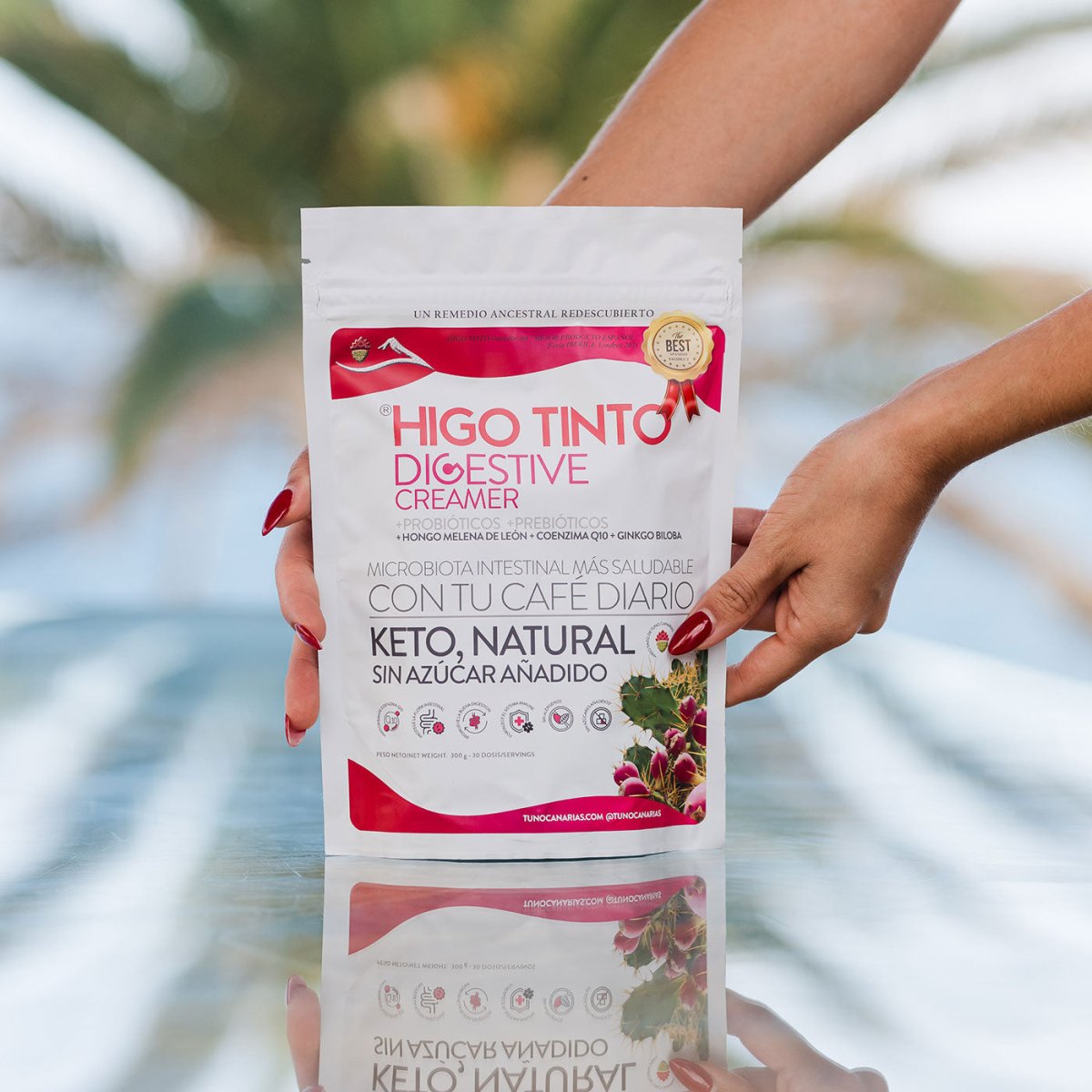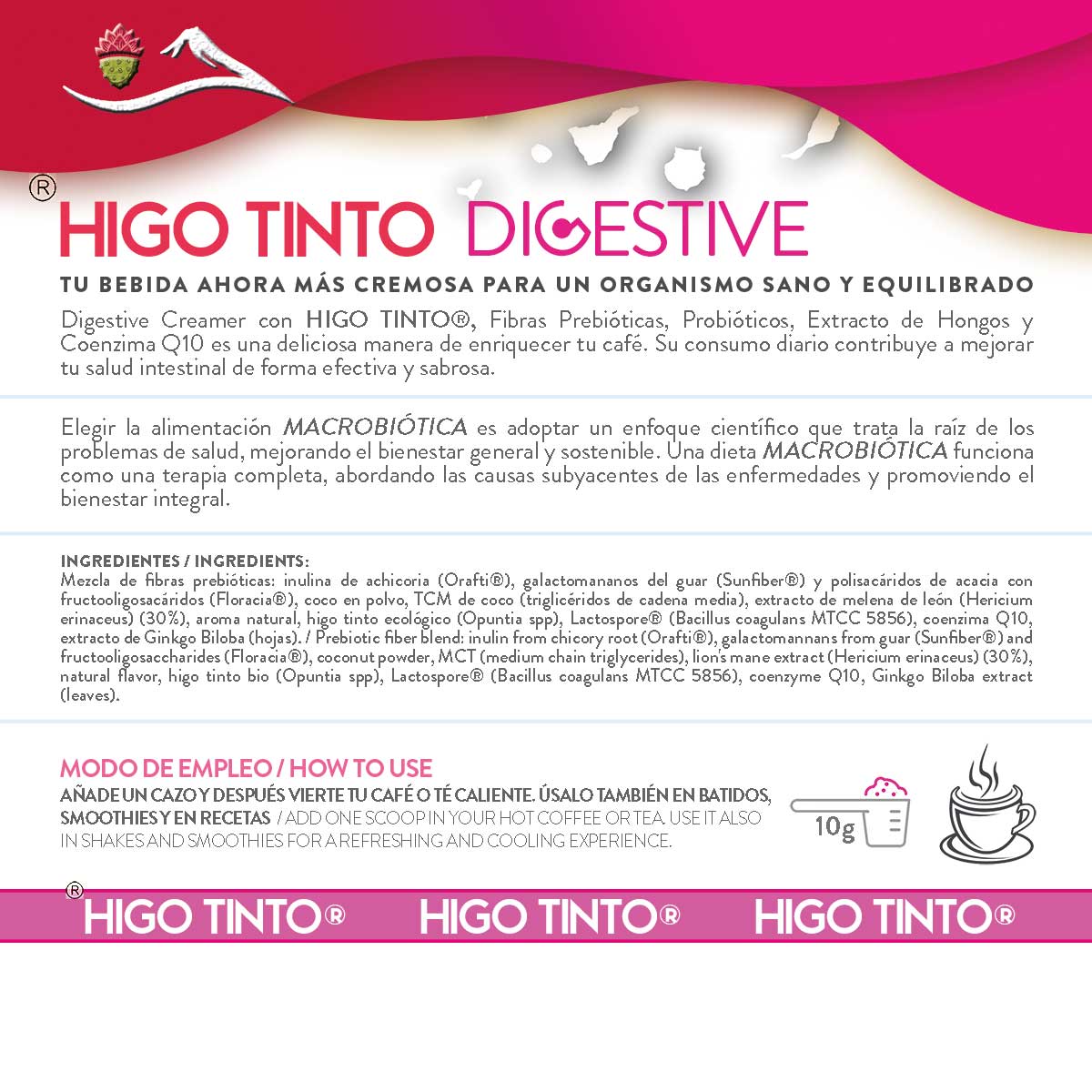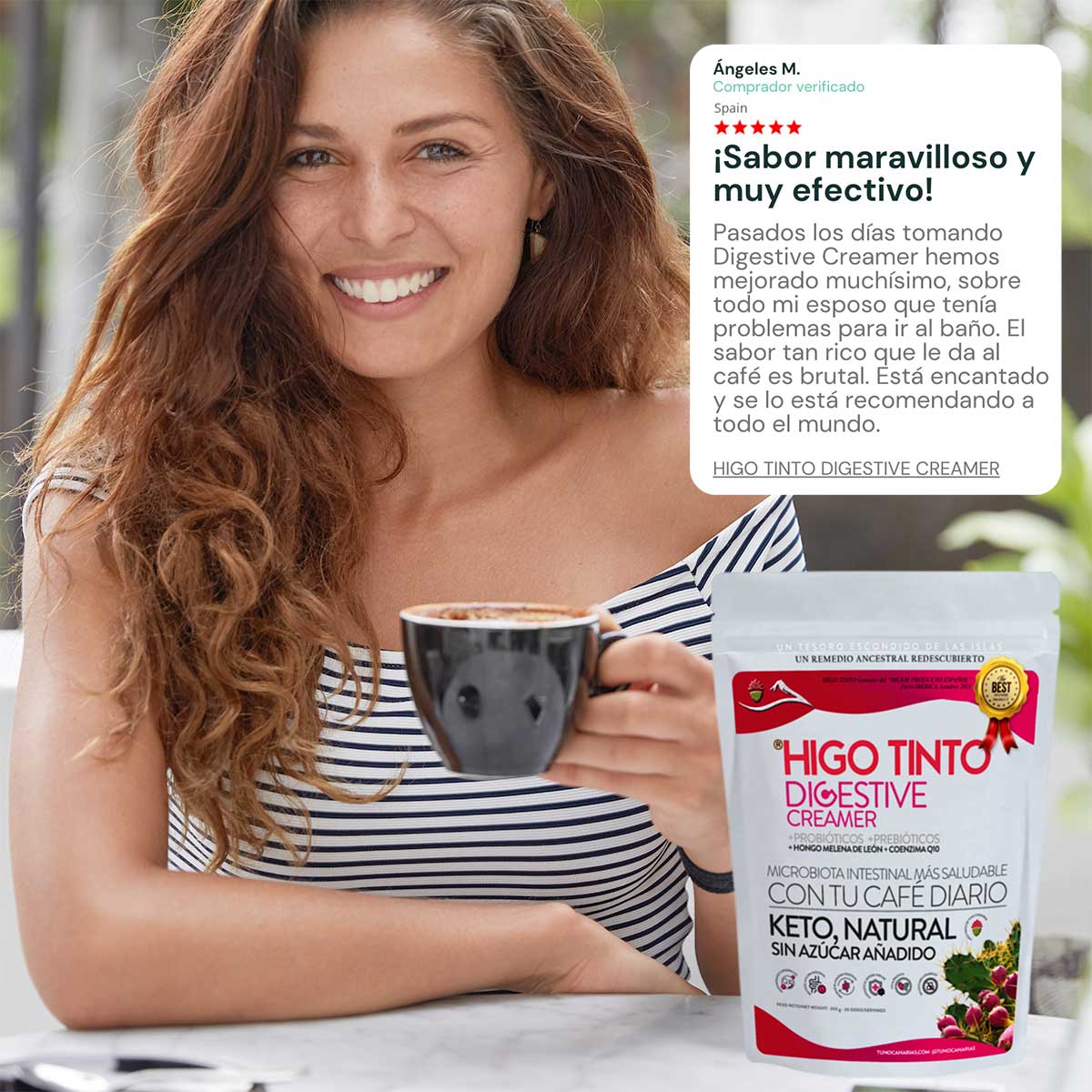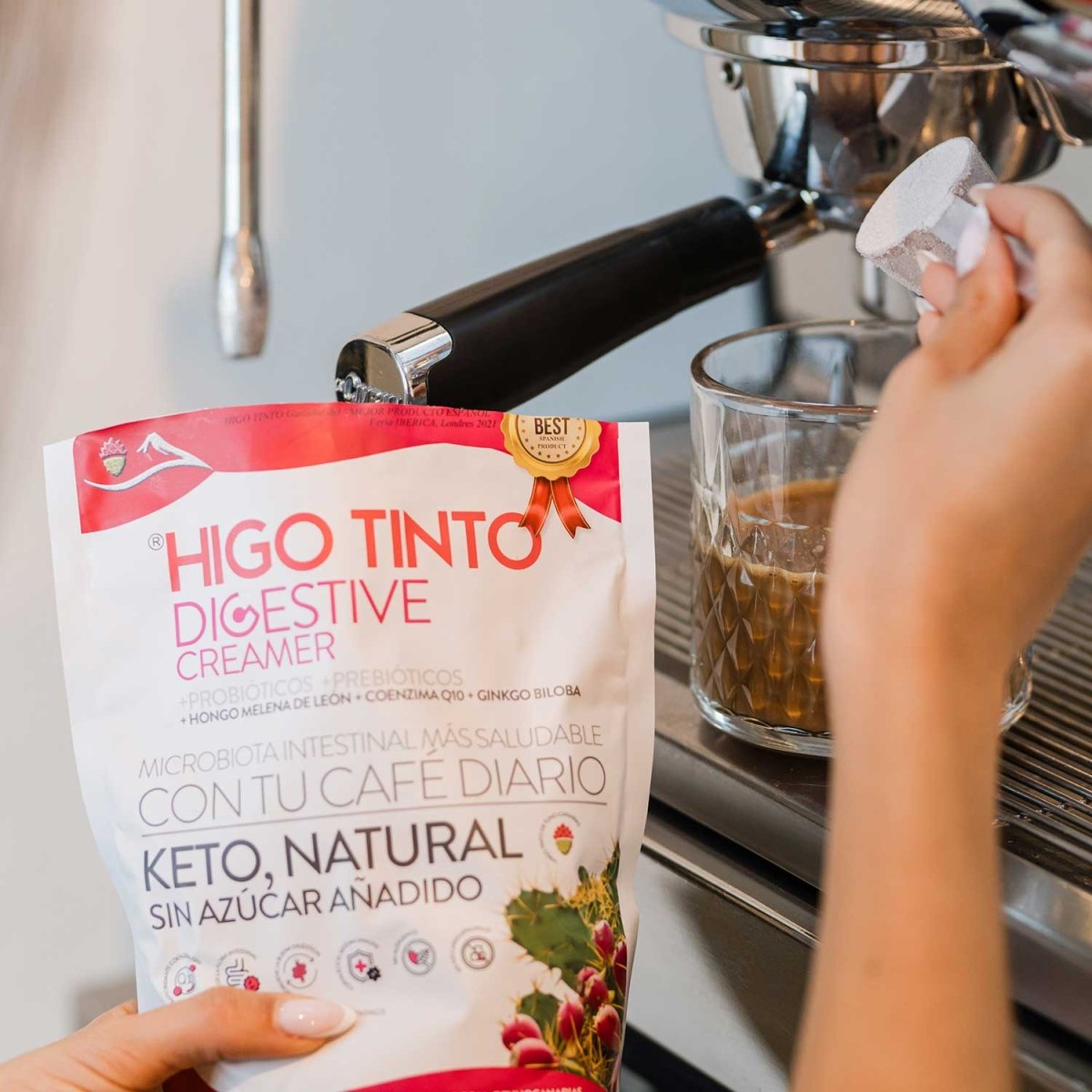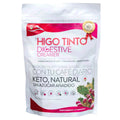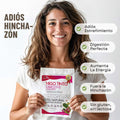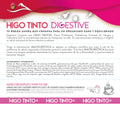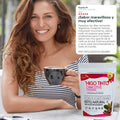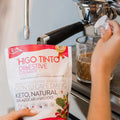New Scientific Study: OPUNTIA DILLENII (Canarian Prickly Pear) and Diabetes + Antibacterial + Antifungal:

STUDY CONCLUSIONS:
The present study revealed that the extracts produced from the fruits of O. dillenii ( CANARY PEAR ) have an interesting chemical composition, including the presence of high amounts of polyphenols (193.73 ± 81.44 to 341.12 ± 78.90 gallic acid eq [g/100 g dry weight]). In particular, gallic acid, vanillic acid, quercetin 3-O-β-D-glucoside, kaempferol and syringic acid which were the dominant components, are well known for their remarkable biological activities , including antidiabetic, antibacterial and antifungal [57, 60].
In this study, a remarkable antidiabetic effect of Opuntia Dillenii ( CANARY PEAR ) extracts was observed in both in vitro and in silico assays, suggesting that they could potentially be used as phyto-medicine in healthy and diabetic subjects to prevent the incidence of diabetes and delay the development of complications in diabetics . The results of in silico assays, which were consistent with the experimental results, indicated the presence of naringin, catechin and kaempferol as antidiabetic bioactive compounds .
Furthermore, they provided deeper insight into the molecular interactions between the selected compounds and the enzyme α-amylase , especially highlighting the high binding affinities.
In conclusion, the study demonstrated that these natural metabolites from the ethanolic extracts of O. dillenii ( CANARY PEAR ) may be good alternatives to the approved standard drug , acarbose.
As a perspective, it would be interesting to study the mechanisms of action of these extracts and their optimal doses, as well as their method of administration to patients. In addition, these extracts could be used in the agro-food industry as natural food additives, colorants and preservatives thanks to their antibacterial properties. Based on the chemical profile of the fruits of O. dillenii ( CANARY PEAR ), bio-guided tests could be performed to isolate the main pharmacologically active components, which could be used in the prevention and treatment of various diseases, which represents one of the possible perspectives for the food and nutraceutical industry.
The high efficacy and reduced side effects of this plant highlight the possibility of using medicinal plants instead of chemical drugs.





Present study revealed that the extracts produced from seeds, juice, and peel of O. illeniid fruits have an interesting chemical composition, including the presence of high polyphenol quantities (193.73 ± 81.44 to 341.12 ± 78.90 gallic acid eq [g/100 g dry weight ]). Notably, gallic acid, vanillic acid, quercetin 3-O- β -D-glucoside, kaempferol, and syringic acid, which were the dominant constituents, are well known for their remarkable biological activities, including ant-diabetic, antibacterial, and antifungal properties [57, 60].
Results also showed that the yield, chemical composition, and biological activity of O. illeniid seeds, juice, and peel extracts varied according to the plant organ and extraction solvent, with the highest yields being obtained with ethanol extracts (8.41 ± 5.19%). In this study, a noteworthy antidiabetic effect was highlighted for Opuntia extracts, in both in vitro and in silico assays, suggesting that they could potentially be used as a phytomedicine in healthy and diabetic subjects to prevent the incidence of diabetes and delay the development of complications. in diabetics. (e results of the in silico assays, which were consistent with the experimental outcomes, indicated the presence of naringin, catechin, and kaempferol as antidiabetic bioactive compounds. In addition, they provided a deeper insight into overall
molecular interactions between the selected compounds and α -amylase enzyme, notably highlighting high-binding affinities.
In conclusion, the study demonstrated that these natural metabolites in O. dillenii ethanolic extracts can be good alternatives to the standard approved drug acarbose. As a perspective, it would be interesting to study the mechanisms of action of those extracts and their optimal dosages as well as their method of administration for the patients. In addition, these extracts could be used in the agrifood industry as additives, dyes, and natural food preservatives thanks to their antibacterial properties. Based on the chemical profile of O. dillenii fruits, bio-guided assays could be performed to isolate the main pharmacologically active constituents, which could then be used in the prevention and treatment of various diseases, representing one of the possible prospects for the food and nutraceutical industries. (e high efficacy and decreased side effects of this plant highlight the possibility of using medicinal plants instead of chemical drugs.

